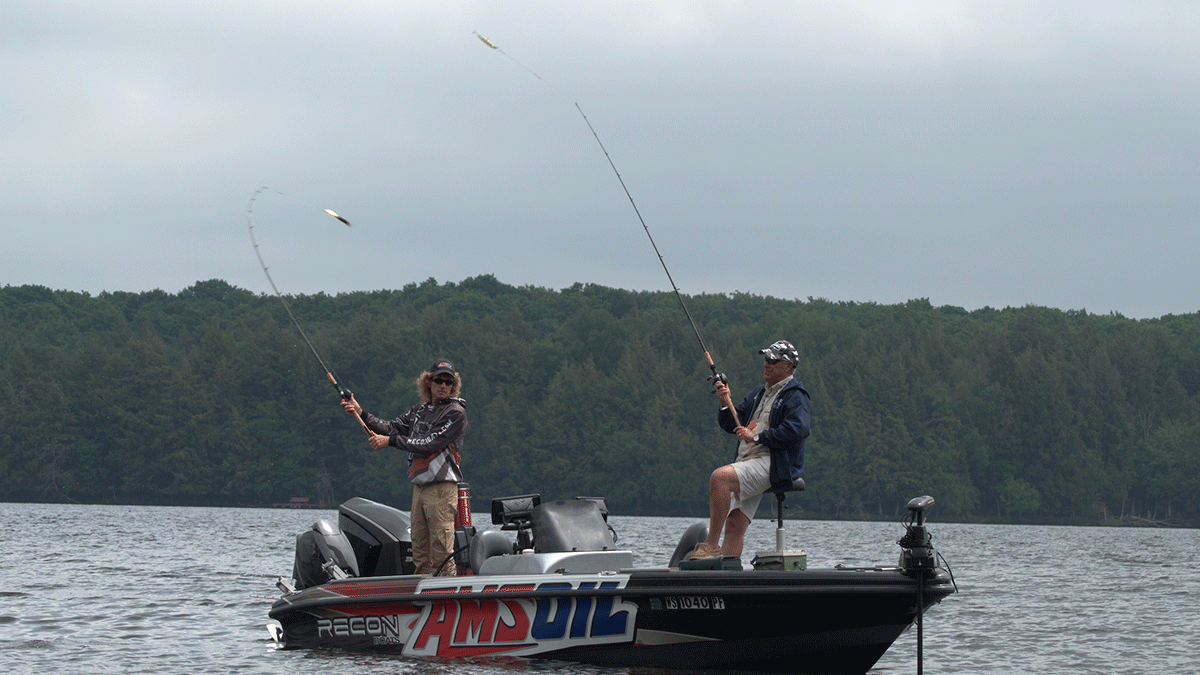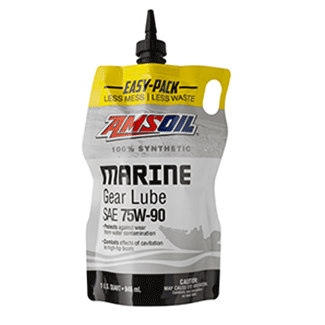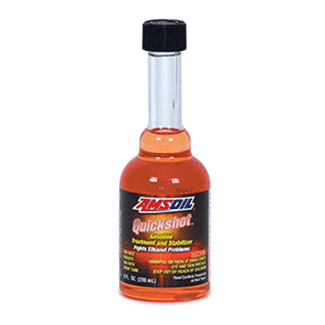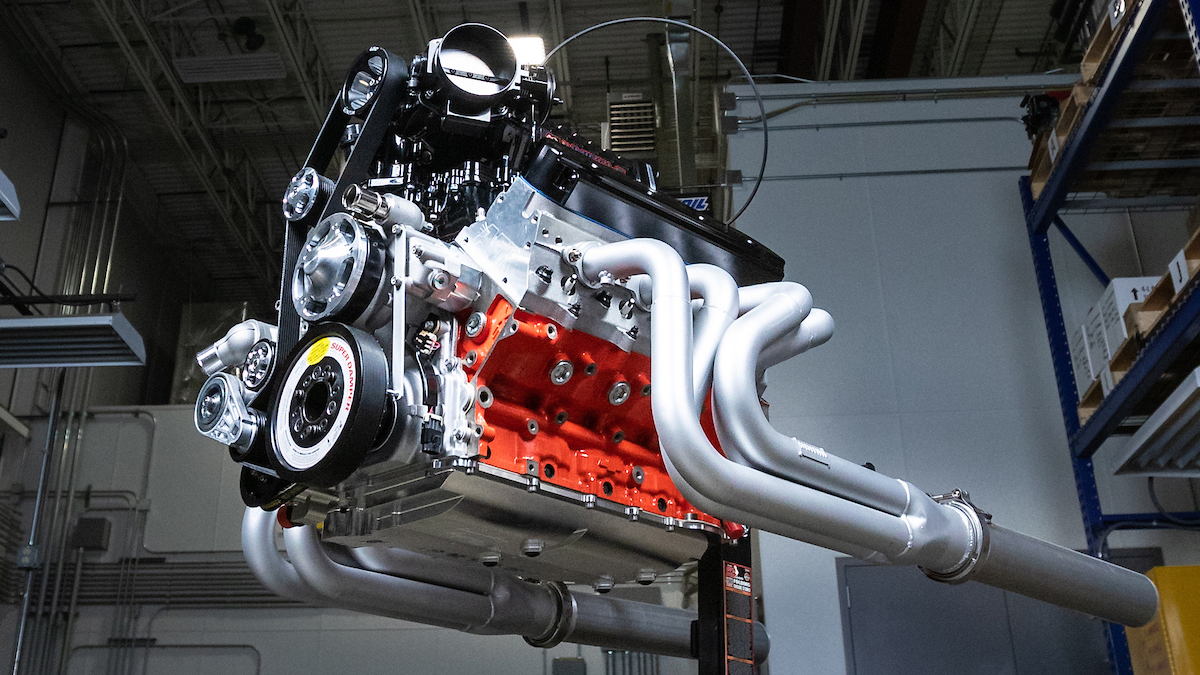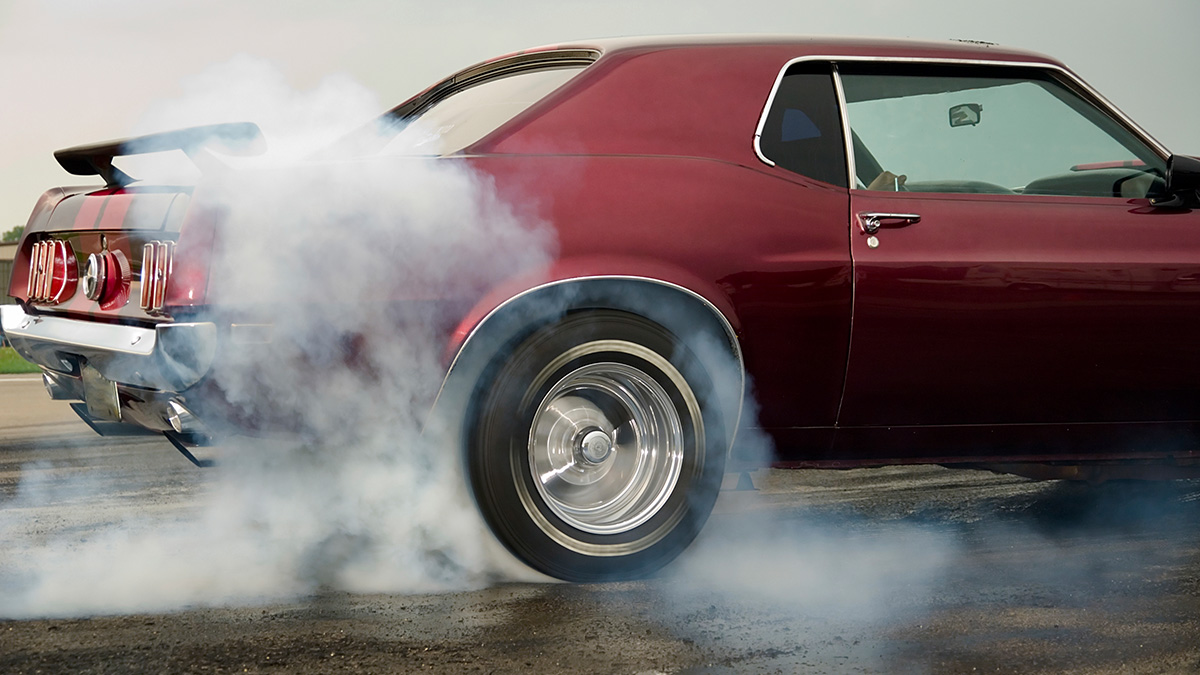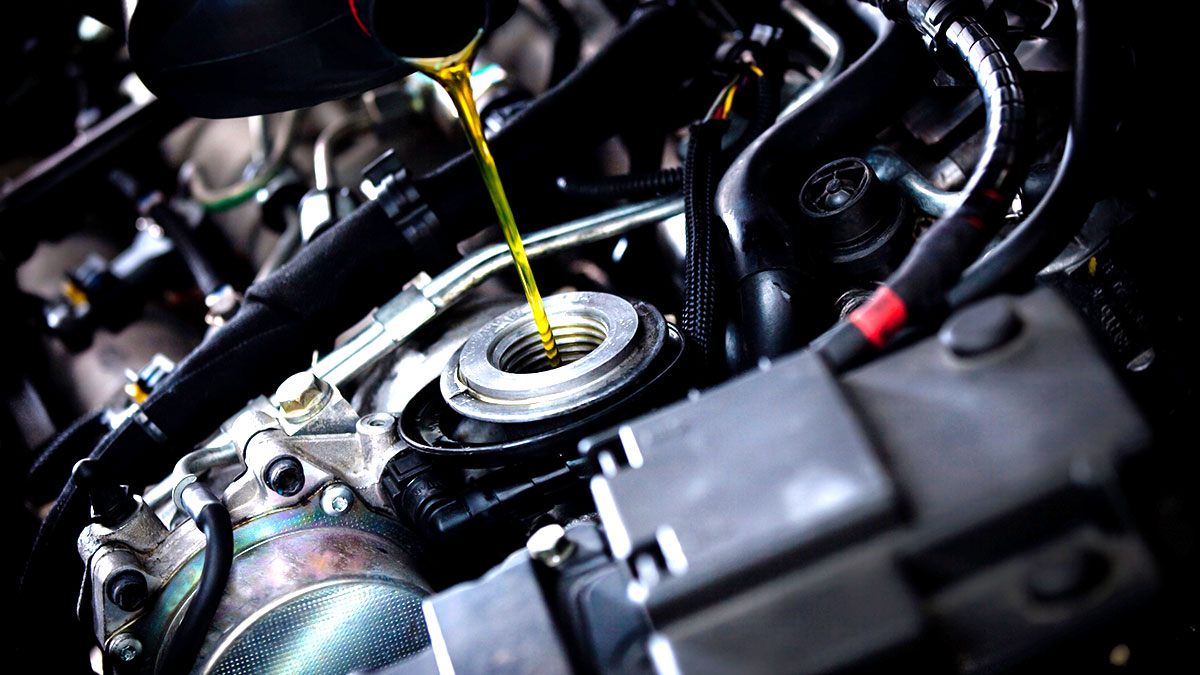Few people have unlimited time to fish, so to maximize your opportunity for a successful fishing season, we solicited a few tips from professional anglers John Gillespie and Pete Maina.
In the Midwest, fishing openers typically occur in early or mid-May. Dates can differ depending on region, species and fishery; check local regulations for precise dates where you want to fish.
Fishing Regulations by State:
Alabama – Alaska – Arizona – Arkansas – California
Colorado – Connecticut – Delaware – Florida – Georgia
Hawaii – Idaho – Illinois – Indiana –Iowa
Kansas – Kentucky – Louisiana – Maine –Maryland
Massachusetts – Michigan – Minnesota – Mississippi – Missouri
Montana – Nebraska – Nevada – New Hampshire – New Jersey
New Mexico – New York – North Carolina – North Dakota – Ohio
Oklahoma – Oregon – Pennsylvania – Rhode Island – South Carolina
South Dakota – Tennessee – Texas – Utah – Vermont
Virginia – Washington – West Virginia – Wisconsin – Wyoming

Here are John Gillespie and Pete Maina‘s recommendations for making your fishing season successful.
Sort Out & Set Up Your Tackle Boxes
Sorting lures, hooks and other tackle is perfect therapy on a Saturday afternoon. Purging your collection of rusted or damaged items and organizing everything delivers unmatched satisfaction. It also ensures you’re not fumbling around the boat in search of your chartreuse jig heads or perch-pattern crankbaits.
“I arrange my tackle boxes according to the species I’m after,” said Gillespie. “I have a walleye box, bass box, panfish box and trout box. All are labeled so they are easy to find in the boat.”

Prep Your Rods & Reels
Inspect and clean your fishing rods and reels prior to heading out for the day.
Play close attention to line condition. “It’s silly and wasteful to lose fish due to line breakage, so part of your rod prep should be to check the main line for strength and frays,” said Maina. He recommends Seaguar* Smackdown Braid fishing line. “And always start with new, fresh fluorocarbon leader material.”
Gillespie recommends changing all fishing line prior to the start of the season. “I use a power line so I can spool all the reels with the same line. Then, when I’m fishing, I can adjust the leader material to fit the species I am targeting on any given day,” he said.

Set Up For Multiple Species – But Know Your Target
Anglers often head out on fishing opener in search of a specific species of fish, like muskie or walleye. This lets you prepare your rods and tackle beforehand so you’re ready to start casting once you hit the fishing grounds.
“It’s good to have the boat ready for multiple species and situations, but have a main target species and plan, including the chosen body of water and structures you will be targeting,” said Maina.
Every angler knows that reality doesn’t always align with expectations, so have a Plan B ready. Maina recommends a little visualization to help. “Think the day through and prioritize structure and methods you think will work best.
“This way you can prep rods and tackle for the best presentations,” he said. “Having thought of secondary structure targets and methods will ensure you have the proper set up ready, including live bait, bobbers, sinkers and all the miscellaneous items for your chosen presentation.”
Remember The “Boring” Details On Fishing Opener
Obsessing over the hottest new lures, fishing tactics and weather patterns means we sometimes miss a few nuts-and-bolts items.
In Maina’s experience, here’s what you’re most likely to forget when you head out on the morning of fishing opener:
- Proper landing net for the species
- Boat plug
- Sunscreen
- Rain gear (no matter the forecast)
- Proper release tools (pliers, cutters)
“Make sure your outboard motor, electronics, trolling motor and livewells are operable, too,” Maina added.
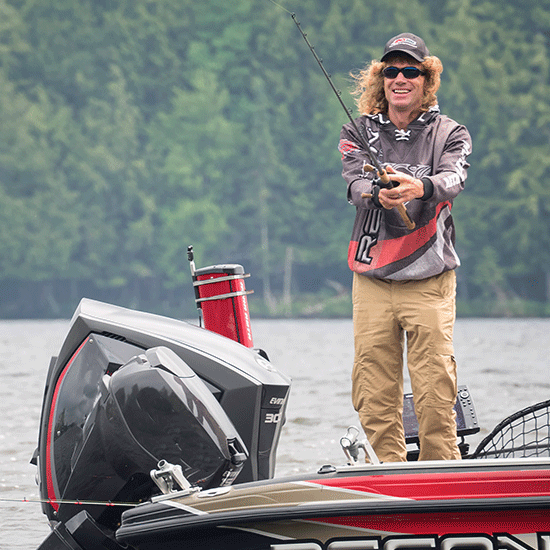
Prep Your Boat & Trailer Before Fishing Opener
You can’t catch fish if you never get past the landing.
Before fishing opener, prepare your boat, outboard, kicker motor, trailer and other equipment. If you encounter a problem, like a flat tire on your trailer, this provides time to fix it so you don’t waste half the morning running to the hardware store when you should be fishing.
- Remove boat from storage
- Start outboard & kicker motors to ensure they run
- Charge batteries for all electronics
- Check trailer tire pressure & condition
- Ensure trailer lights work
- Check trailer & boat registrations
Change Lower-Unit Oil
Maina and Gillespie both recommend AMSOIL Synthetic Marine Gear Lube in the lower unit. It delivers advanced outboard protection against power loss and gear wear, even with up to 15% water contamination.¹
He also recommends removing the prop and cleaning out any fishing line that’s stuck; it can damage seals and cause leaks if left unattended.
“With the AMSOIL easy-pack, it takes me about five minutes to change lower-unit oil and is mess-free,” said Gillespie.
Maintain The Fuel System
Fuel-system maintenance is also vital since ethanol, present in most fuel today, has an affinity for water and can cause phase separation, in which ethanol/water mixtures fall to the bottom of the tank. When the mixture is pulled into the combustion chamber, it can lead to a lean-burn situation and damage the engine.
AMSOIL Quickshot® helps prevent ethanol phase separation while cleaning deposits from the fuel system for maximum power and operability.
Grease Trailer Bearings
“There’s nothing worse that having your bearings go out on the way to the lake,” said Gillespie. He greases the bearings each spring and fall with AMSOIL Synthetic Water-Resistant Grease. It resists water washout and helps protect bearings so you can focus on fishing, not making repairs.
Change Outboard Motor Oil
If you’re running a four-stroke motor, it’s best to change oil prior to storage in the fall so contaminants don’t sit in the engine all winter.
If you forgot, start the season right with an oil change using AMSOIL Synthetic Marine Engine Oil. It delivers excellent high-stress, high-rpm endurance while fighting rust and corrosion, to help extend engine life.
For Everything Else
“AMSOIL Metal Protector is handy in the boat for so many things, like protecting tools, motors and reels against rust,” said Maina. “In freezing temps, it helps battle line and rod-guide freezing.”
Gillespie agrees. “I spray it on my fishing tools to prevent rust,” he said. “I use MP on my trailer hitch and even on the bow mount – always carry a can of AMSOIL MP.”
Follow these tips to maximize your success throughout the fishing season.
¹Based upon AMSOIL testing of AMSOIL Synthetic Marine Gear Lube 75W-90 in ASTM 3233 and ASTM D892.
